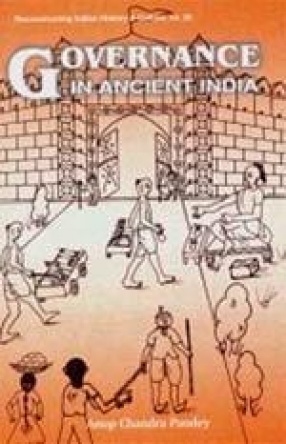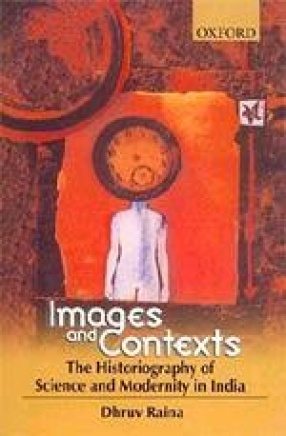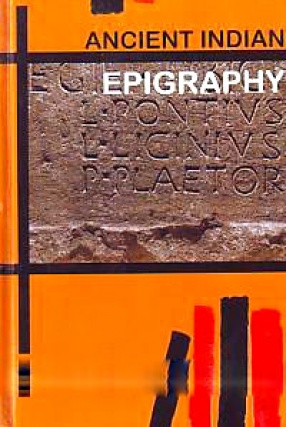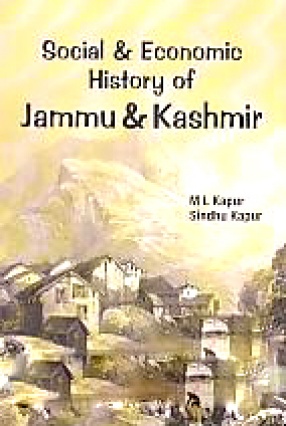From the Vedas to Sutra and Smriti texts, from the time honoured epics to the foreigners’ travelogues and literary classics — leave alone Kautilya’s far-famed Arthashastra and other treatises of its genre, ancient Indian literature carries myriad references, bearing out not just the principles, philosophy and mechanisms of good governance, but the existence of a well-organised, hierarchical civil service as well. Yet Dr. Pandey’s happens to be the first ever research effort to consider governance/civil service in ancient India: in all its different manifestations. Covering a vast time-span: from the Vedic times to about the seventh century ad, Anup Pandey’s research explores the evolution, nature, scope, functions, importance, and other kindered aspects of the ancient Indian civil service — with meticulous description of its varying contours during the reigns of the Mauryas, Indo-Greeks, Shakas, Pahlavas, Kushanas, Imperial Guptas, and Harshavardhana. Also, the book tries to unveil the ancient Indian polity’s perceptions/norms/modes of good, ethical governance, largely on the basis of sacred works, like the Ramayana and the Mahabharata. Together with inscriptional and numismatic evidence, the author has marshalled an astonishing mass of literary sources to show, beside a lot else, how an efficient civil service in ancient India was viewed as an imperative for the vitality of the state; and why, therefore, high-ranking functionaries/bureaucrats, entrusted with legislative, executive, financial and the like offices, or with policing and military duties, were often scrupulously chosen from among the polity’s best talent. Invaluable to the scholars of anceint Indian history, political science and government.
Images and Contexts: The Historiography of Science and Modernity in India
The study of knowledge forms ...
Out of stock





There are no reviews yet.